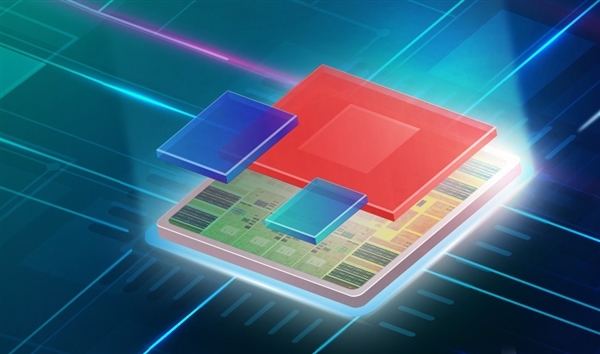In March, Intel announced the launch of its IDM 2.0 wafer manufacturing strategy. It will invest 20 billion US dollars to build two wafer fabs. In addition to producing its own CPU and other chips, it will also re-enter the foundry market. It will compete with TSMC and Samsung. business.
This is not the first time that Intel has done foundry. Previously, at the 22nm and 14nm nodes, they have done foundry for some customers, including Altera's FPGA chips, but the scale is small and the share can be ignored compared with TSMC. Finally, in 2020 Abandoned the foundry business at the beginning of the year, but I did not expect Intel to come back a year later.
For foundry, Intel will set up an IFS wafer service department, and it has also received support from many semiconductor partners, including the two major EDA giants in the United States, the Dutch ASML lithography machine company, etc., and a leading RISC-V open source processor. SiFive also announced its cooperation with Intel.
Although not everyone is optimistic about Intel's foundry, the global semiconductor production capacity is currently out of stock, and TSMC is too busy. Moreover, the United States has invested heavily in semiconductors and required semiconductor production capacity to return to the United States. This is also an opportunity for Intel.
In today's financial report meeting, Intel CEO Kissinger mentioned that there are currently more than 50 companies in the negotiation, they will be the company's potential foundry customers, but the specific list is not mentioned.
According to Kissinger’s previous statement, Intel will begin to produce chips for customers at the end of this year, mainly some automotive electronic chips, but the earliest production should not be 7nm process, but now mature 22nm, 14nm and other processes. .

